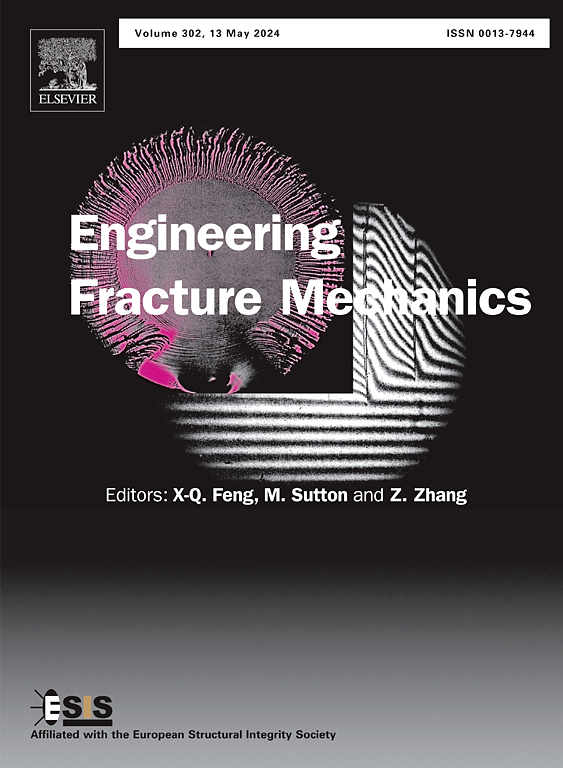Microstructural feature-based physics-informed neural network for creep residual life prediction of P91 steel
IF 5.3
2区 工程技术
Q1 MECHANICS
引用次数: 0
Abstract
Creep residual life prediction of materials at elevated temperature is an important topic in the field of structural integrity. Traditional creep residual life prediction methods only consider mechanical parameters (e.g. stress, strain, temperature), while the microstructural features are rarely mentioned, reducing the prediction accuracy. In this work, taking the P91 steel as an example, a microstructural feature-based physics-informed neural network (PINN) for predicting creep residual life was developed by integrating the microstructural characteristics and mechanical parameters. The influence of microstructural features on the prediction results was discussed, and the prediction results of the proposed model and some conventional machine learning methods were compared. The effect of the strain data on creep residual life prediction results was included. The results indicated that the introduction of the microstructural evolution mechanisms (i.e. coarsening of precipitations and subgrain growth) could enhance the creep residual life prediction capacity of the proposed PINN model. The proposed PINN model outperforms the aforementioned traditional machine learning methods in predicting the creep residual life of materials. This model also exhibits excellent prediction performance without incorporating the creep strain data as an input feature, demonstrating the generalization ability and robustness of the proposed model.
基于微观组织特征的物理神经网络预测P91钢蠕变残余寿命
材料高温蠕变残余寿命预测是结构完整性领域的一个重要课题。传统的蠕变残余寿命预测方法只考虑力学参数(如应力、应变、温度),很少提及微观组织特征,降低了预测精度。本文以P91钢为例,将其显微组织特征与力学参数相结合,建立了基于微观组织特征的物理信息神经网络(PINN)预测蠕变残余寿命。讨论了微观结构特征对预测结果的影响,并将所提模型与一些传统机器学习方法的预测结果进行了比较。考虑了应变数据对蠕变剩余寿命预测结果的影响。结果表明,引入微观组织演化机制(即沉淀粗化和亚晶长大)可以提高所提出的PINN模型的蠕变剩余寿命预测能力。提出的PINN模型在预测材料蠕变残余寿命方面优于传统的机器学习方法。该模型在不将蠕变应变数据作为输入特征的情况下也表现出良好的预测性能,证明了该模型的泛化能力和鲁棒性。
本文章由计算机程序翻译,如有差异,请以英文原文为准。
求助全文
约1分钟内获得全文
求助全文
来源期刊
CiteScore
8.70
自引率
13.00%
发文量
606
审稿时长
74 days
期刊介绍:
EFM covers a broad range of topics in fracture mechanics to be of interest and use to both researchers and practitioners. Contributions are welcome which address the fracture behavior of conventional engineering material systems as well as newly emerging material systems. Contributions on developments in the areas of mechanics and materials science strongly related to fracture mechanics are also welcome. Papers on fatigue are welcome if they treat the fatigue process using the methods of fracture mechanics.

 求助内容:
求助内容: 应助结果提醒方式:
应助结果提醒方式:


